Indications
Laparotomy for gynecologic surgery is used to diagnose or treat conditions of the abdomen and pelvis that cannot be safely performed with laparoscopy.

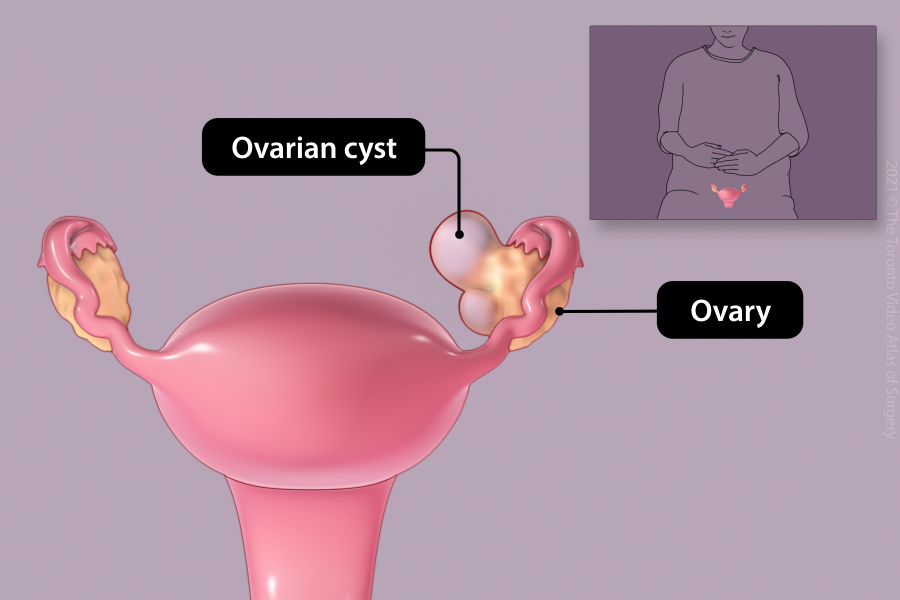
Removal of ovarian cyst (Cystectomy)
Ovarian cysts are growths on the ovaries. There are different kinds of cysts. These cysts are removed if they cause symptoms (pain or pressure), are large, or look abnormal. Laparotomy may be chosen for extremely large cysts.
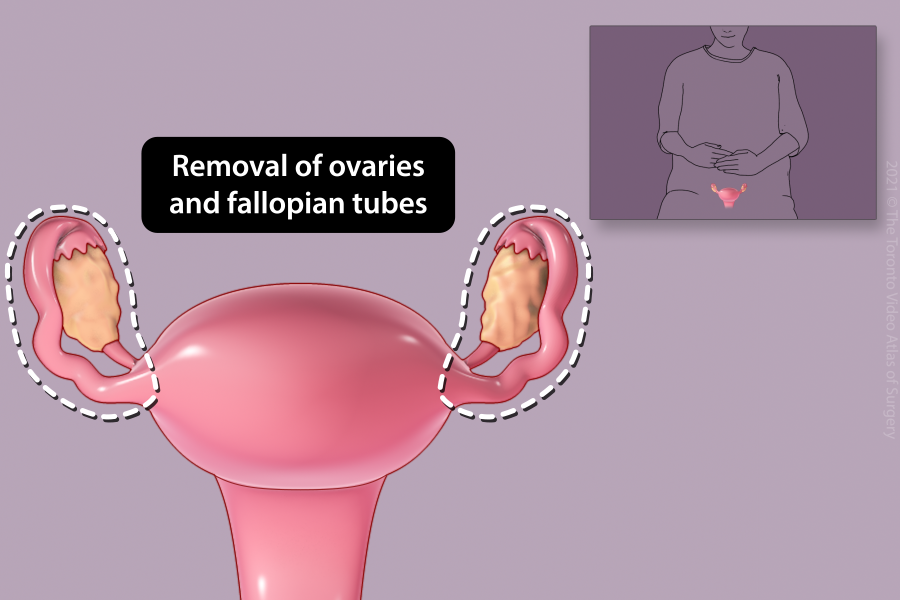
Removal of ovary (Oophorectomy)
Depending on your age or other medical conditions, your doctor may recommend removal of one or both ovaries. In general, the fallopian tube on the same side is removed with the ovary (salpingo-oophorectomy). Laparotomy may be chosen for extremely large cysts or a concern of cancer.
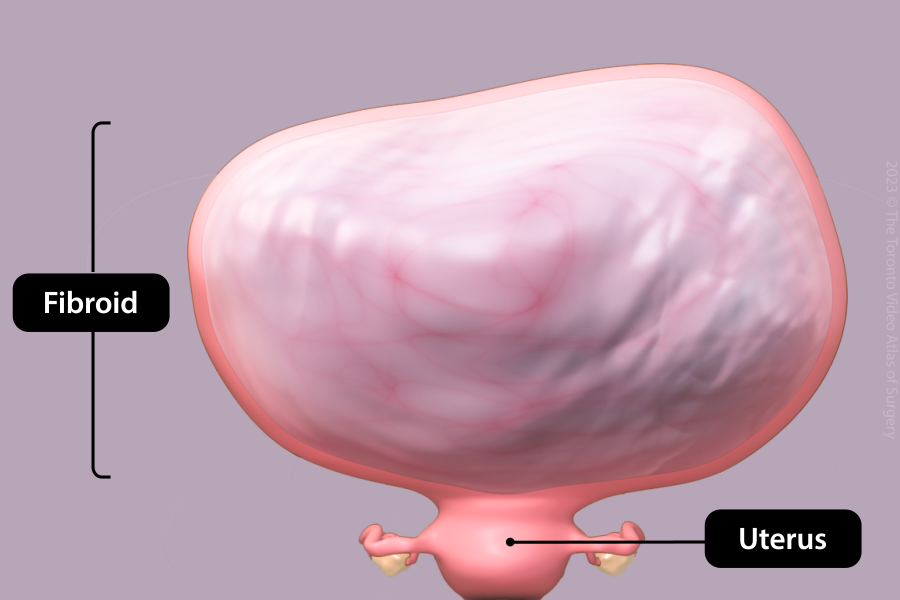
Removal of fibroid (Myomectomy)
Fibroids are common benign growths within the uterus. Fibroids may be removed if they are large, symptomatic (pressure, pain, heavy bleeding), or result in difficulty getting pregnant. Depending on the number, size, and location, they may need to be removed with a laparotomy.
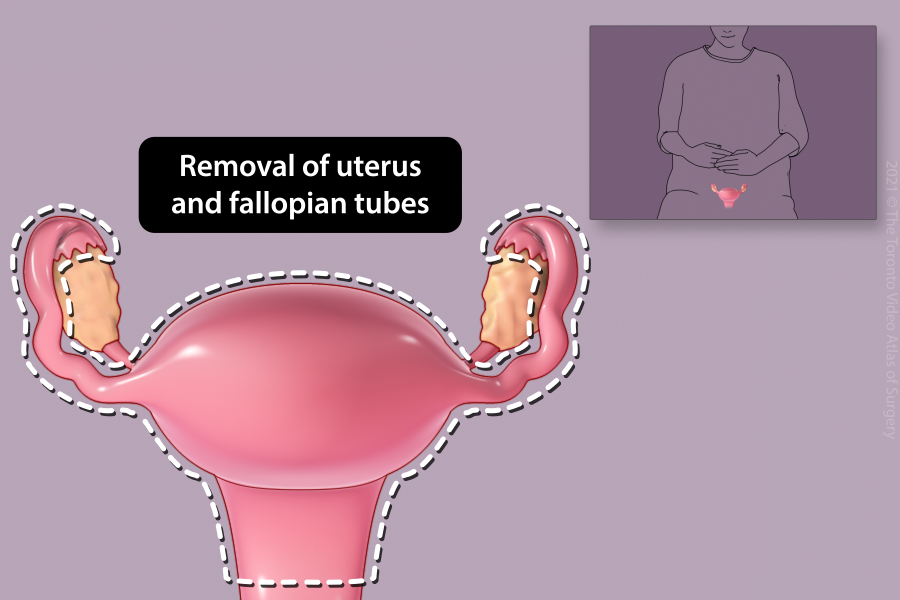
Removal of the uterus (Hysterectomy)
The uterus may be removed for a variety of reasons. These can include: pain or heavy bleeding not controlled by medications, large fibroids, prolapse (when the pelvic organs fall down into the vagina), or cancer. Generally, both fallopian tubes are removed at the time of hysterectomy to decrease the risk of developing ovarian cancer in the future. The ovaries may be removed at the time of hysterectomy depending on your age, menopausal status, or indication for the surgery.
Laparotomy may be chosen if the uterus is extremely large or there is a concern for malignancy.
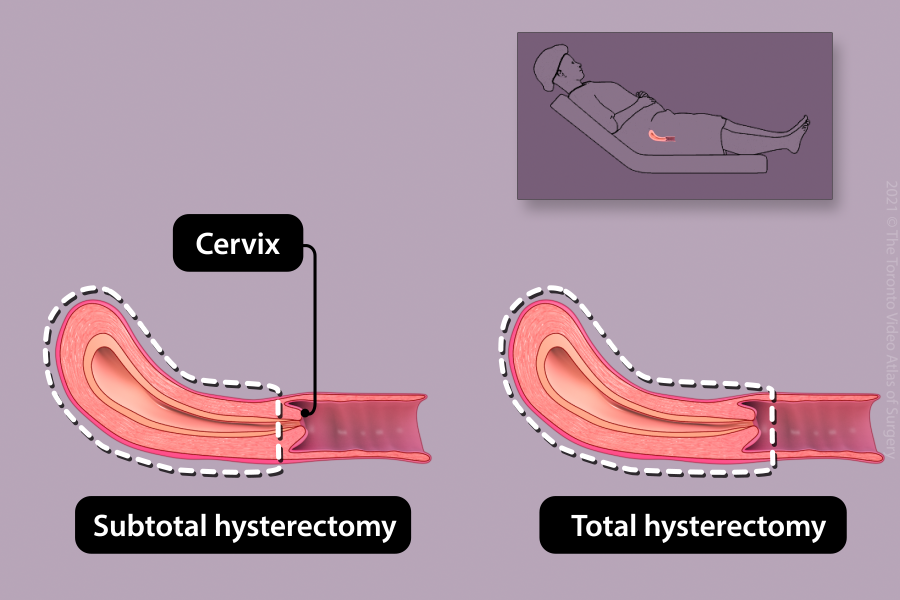
Types of hysterectomies
There are different types of hysterectomies:
Subtotal: The uterus is removed, but the cervix is left in place. Light menstrual bleeding may occur and Pap tests are recommended.
Total: the uterus and cervix are removed (most common). This prevents any future menstrua bleeding, and eliminates the need for Pap tests.
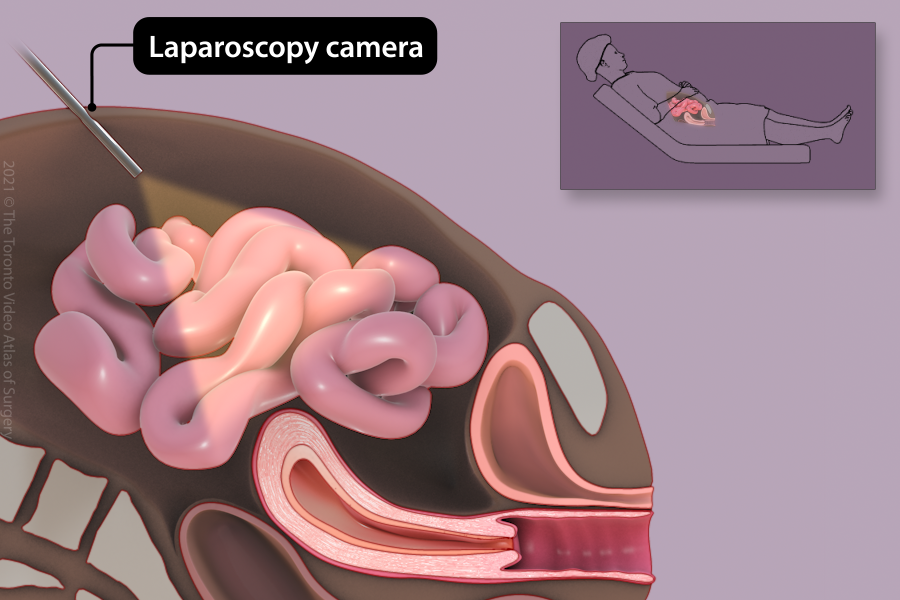
Poor visualization
Sometimes a laparoscopy is switched to a laparotomy during surgery because of significant scarring (e.g. previous surgery, endometriosis) that makes it unsafe to continue with keyhole surgery. Another important reason is difficulty seeing (e.g. structures are too big or located in a challenging position).
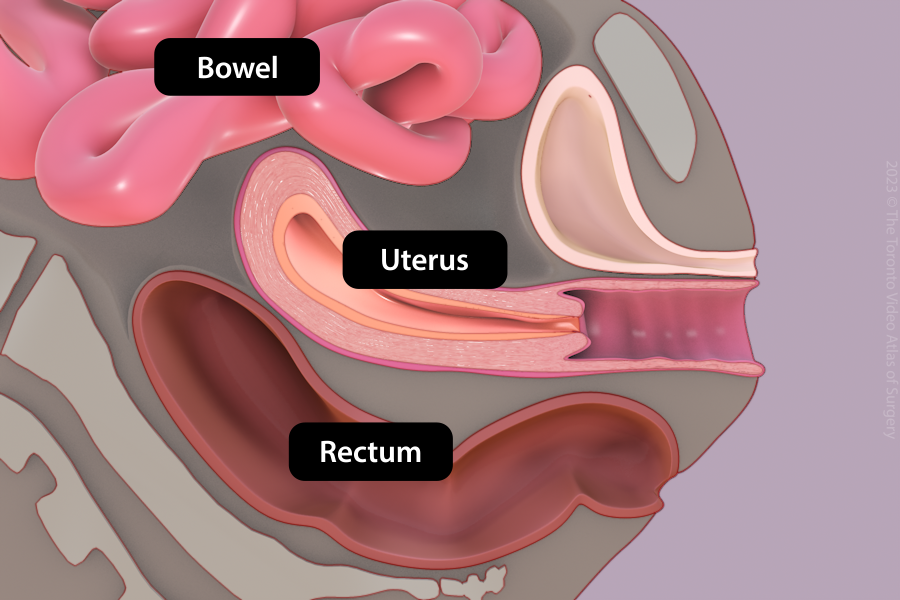
Intraoperative complications
If an injury happens during laparoscopy, a laparotomy may be required for repair. For example an injury to the bowels or a large blood vessel.